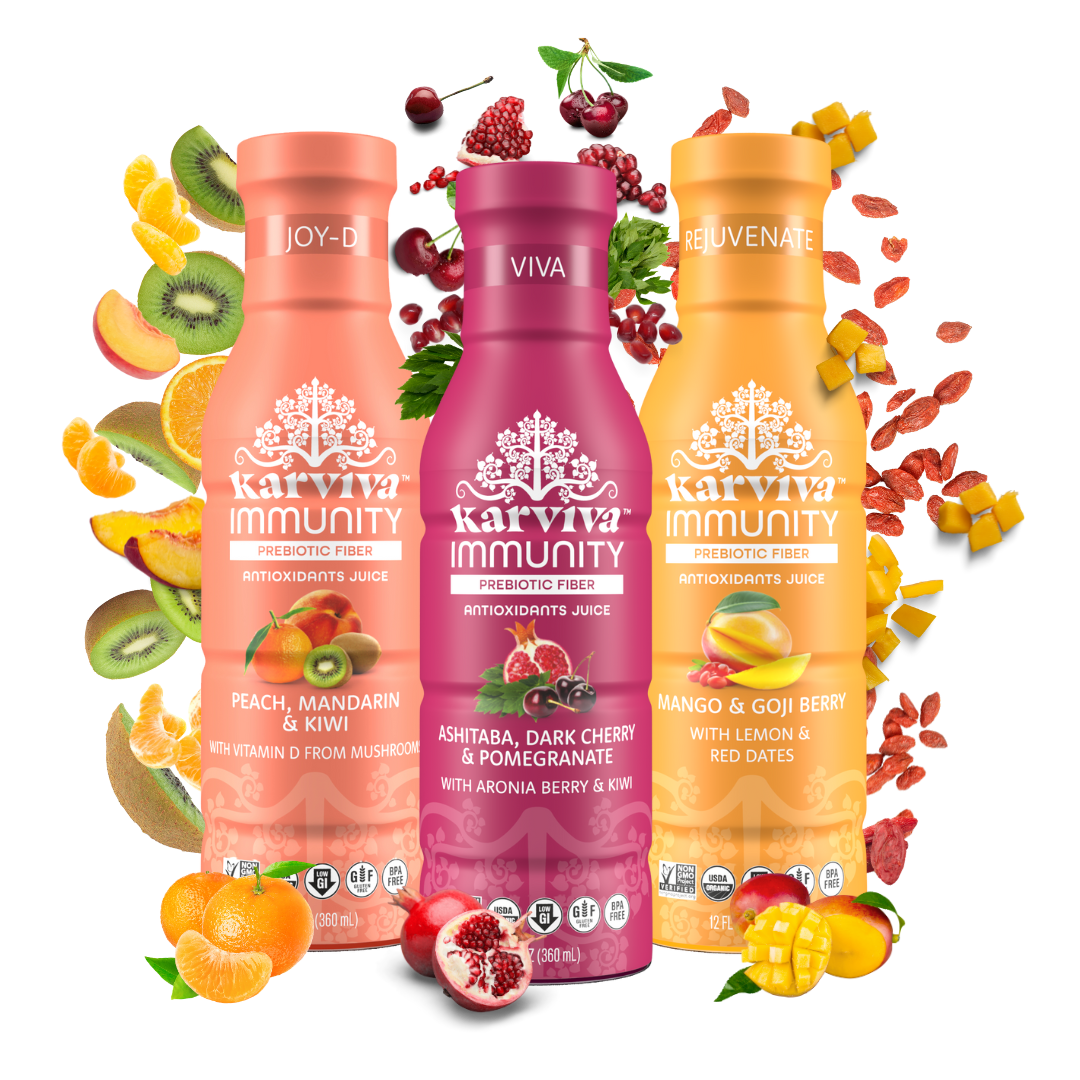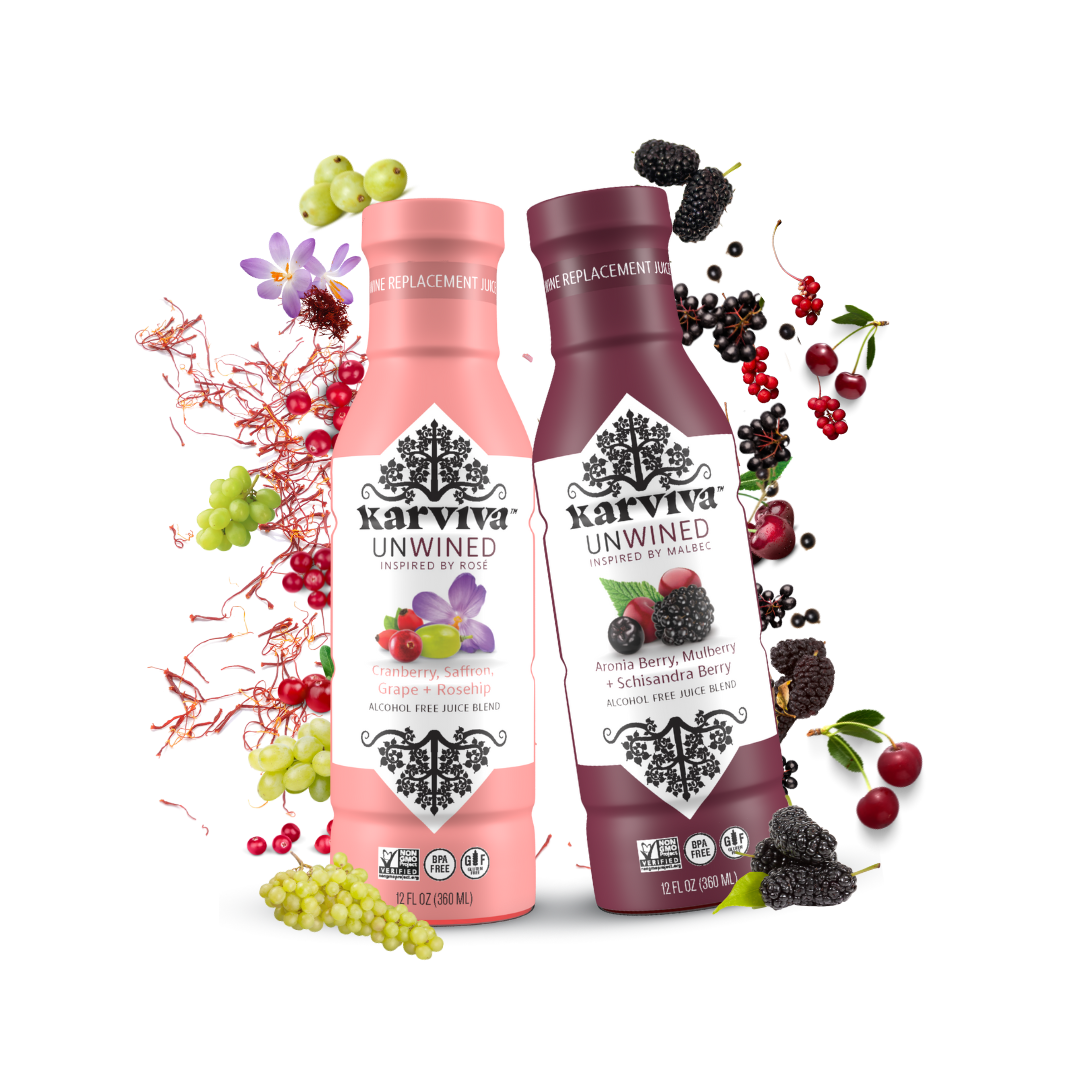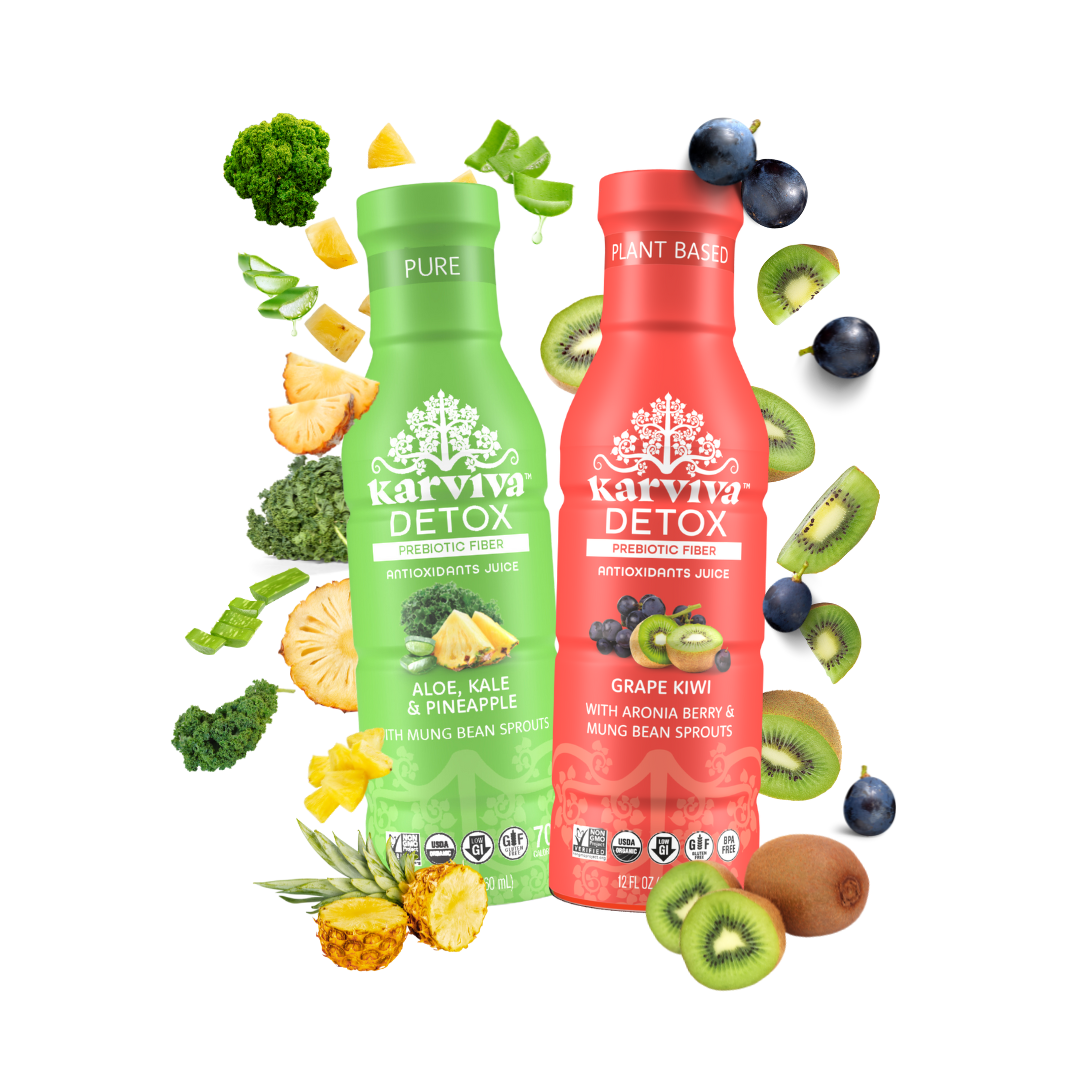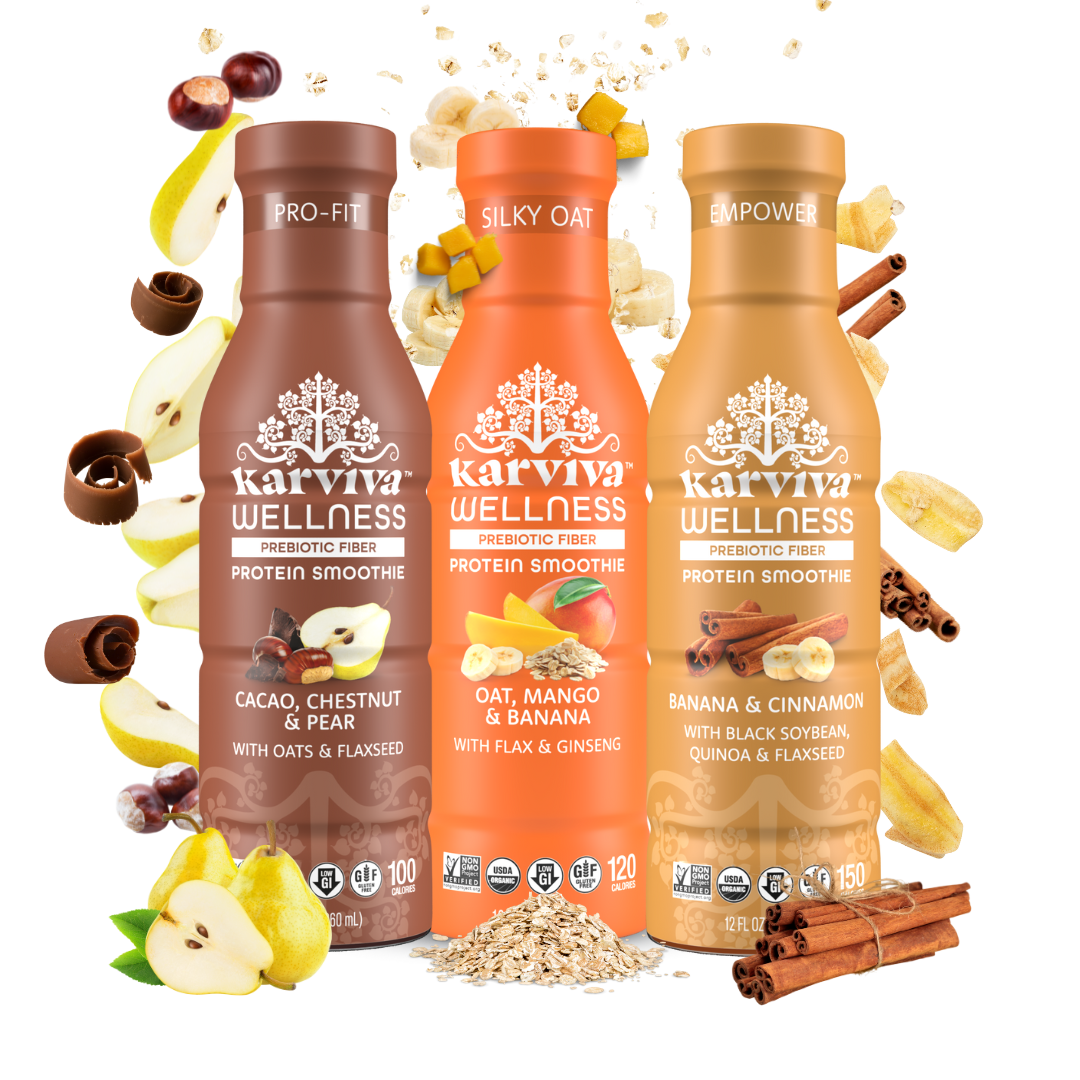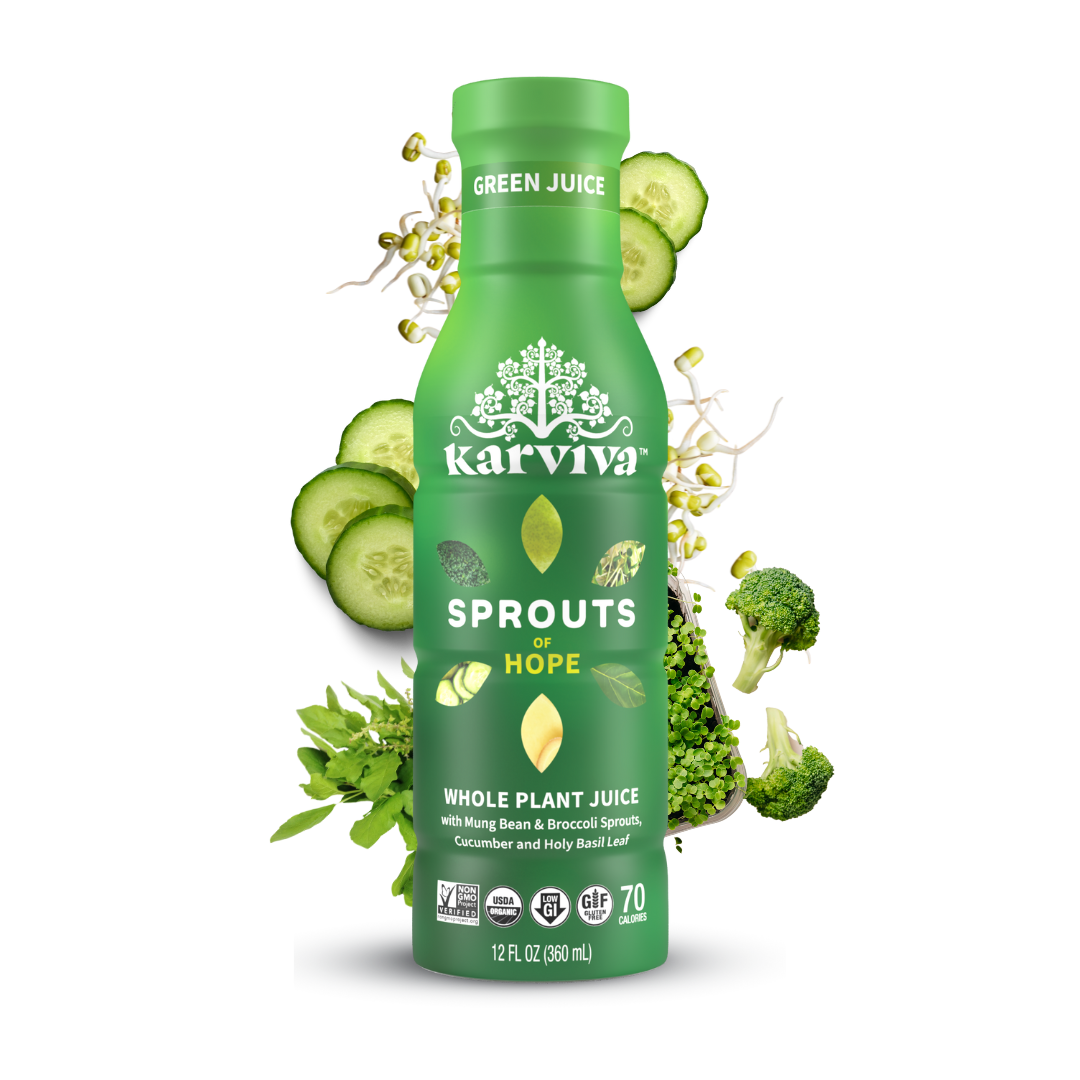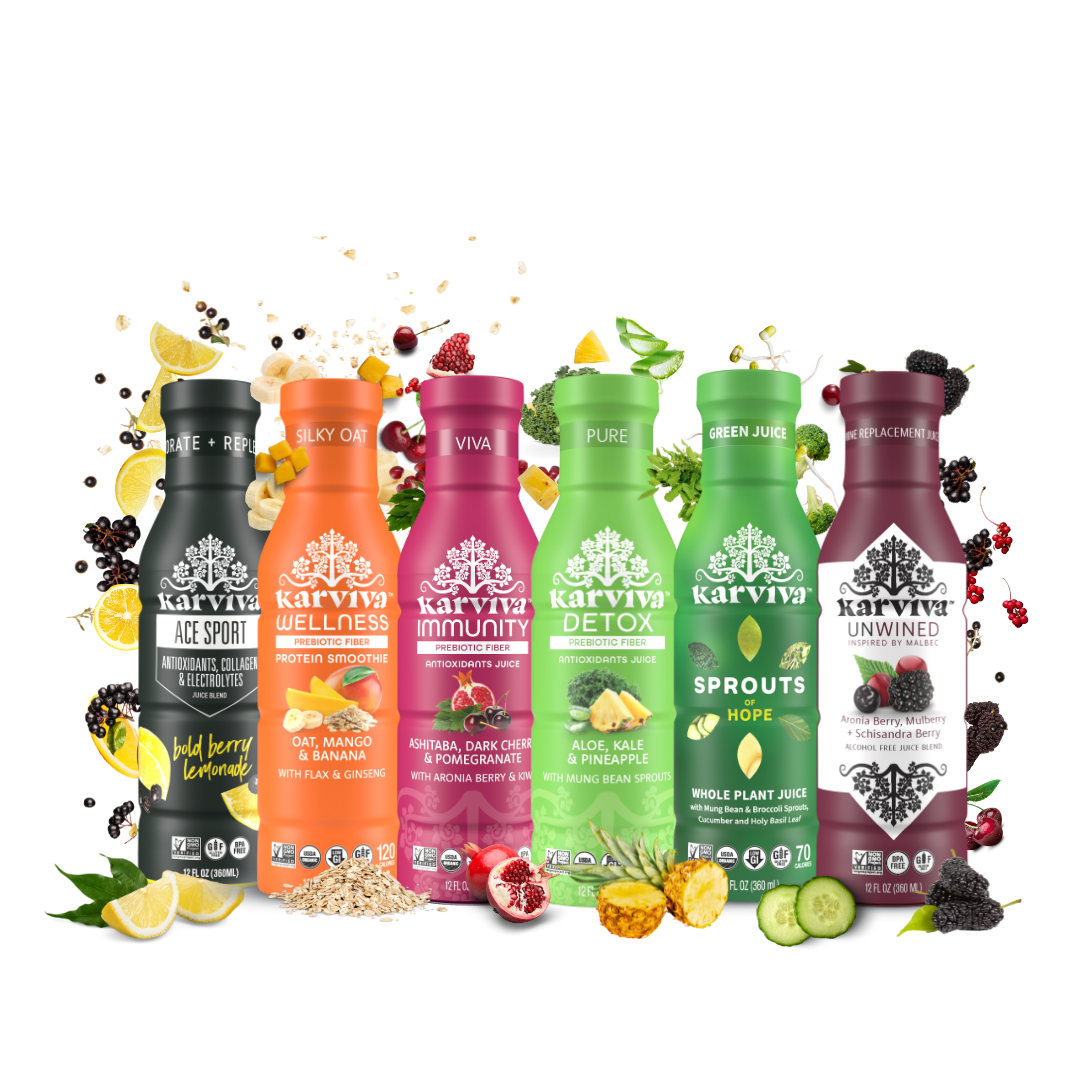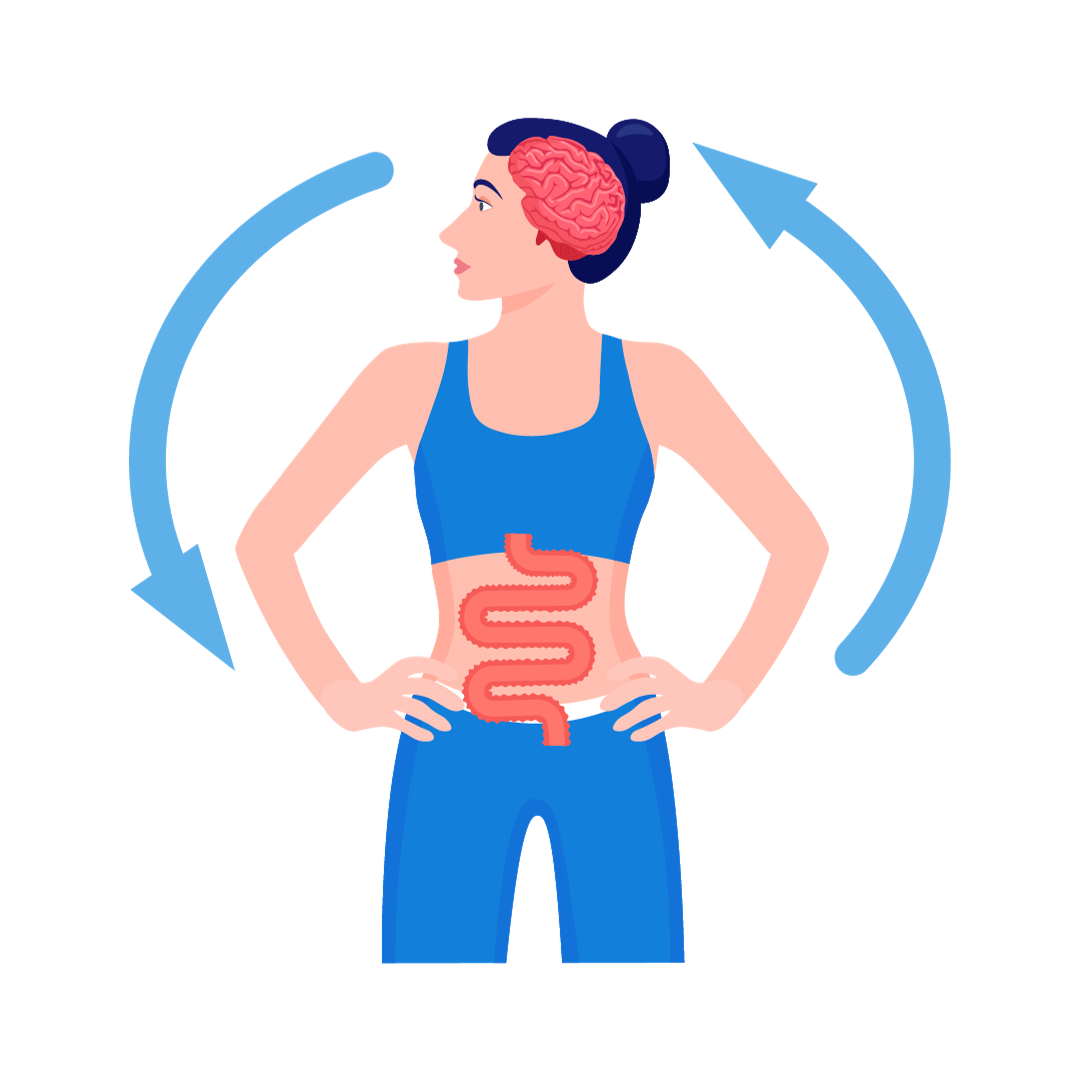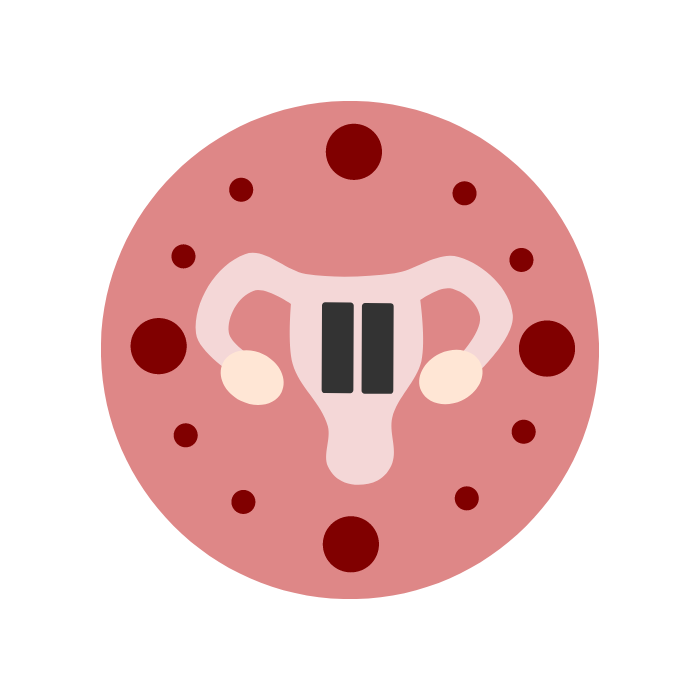St. Louis Business Journal has recently named Karviva founder and CEO Dr. Angela Zeng one of 2022’s Most Influential Business Women.
Out of 150 nominations, Dr. Zeng stood out for “creating a hydroponic garden for bean sprouts to ensure control over one of the most important ingredients in her drinks, as well as using up to 90% less water,” among other reasons.
A hydroponic garden is a unique way of planting as it requires no soil. Plants are laid straight in nutrient-rich water, so the plant’s roots can absorb them easily. As a result, plants grown using this method grow faster than those planted in soil.
Compared with traditional gardening that takes up a ton of space, hydroponic gardening is small space-friendly, with vertical, horizontal, or hanging gardens. It’s perfect for anyone with no spare space or time but wants to nurture their green thumb.
If you are interested in starting your own hydroponic garden, you need to know a few things first. Keep reading to understand how hydroponic gardening works!
Having a Hydroponic Garden at Home
Let’s begin with the benefits of having a hydroponic garden. Why would you choose it over traditional gardening? Aside from saving time and space, the following advantages of this type of gardening will encourage you to try it. With hydroponics, you’ll learn new planting technologies, enjoy homegrown food with vegan recipes, and even beautify your home and mindset.
Understand Plant Growth and Technology
When you switch to hydroponic gardening, you will learn new techniques of planting without soil. To successfully grow different plants, you’ll need to know various plant systems beginning with the simplest: wick, water culture, and ebb and flow systems. As you progress, you can start taking on more complex hydroponics systems like nutrient film and aeroponic techniques.
Knowledge on Plants
Aside from hydroponic gardening techniques, you’ll also widen your knowledge about different plants. For you to provide the needs of the plant you are growing, you’ll need to know these details::
- Does the plant need moisture, or is it allergic to it?
- Does the plant thrive in nutrient-rich water, or are they better planted in a different seed bed?
- What are the different seed beds, and which seeds are compatible with them?
As time passes, you’ll gather experiential knowledge you can use to make your hydroponic garden thrive.
Consume Nutritious Vegetables
When you have learned the ropes of hydroponic gardening, harvesting the fruits of your efforts won’t take long.
As mentioned, plants sown with this method grow twice as fast than those growing in soil. With that, you can consume these hydroponic-friendly harvests: lettuce, Swiss chard, spinach, and kale. Add strawberries, tomatoes, and hot peppers to your menu as they are hydroponic-friendly plants too. You can make fresh meals and healthy drinks from your produce.
If you need to make your dish tastier, grab some basil, parsley, oregano, cilantro, and mint from your little garden. You can also grow these through hydroponics.
Say Goodbye to Weeds
There are some plants that just won’t grow in a hydroponics garden. Despite their absence, you won’t miss them. What are these? Weeds! These pesky plants won’t go and absorb nutrients from your plants. Since there is no extra soil space in hydroponic gardening, you can say goodbye to them for good.
Create a Beautiful Home
Aside from more nutritious fruits and vegetables, another lovely benefit of hydroponic gardening is beautifying your home. With hydroponics, you can turn any space environment-friendly. Hydroponic gardening will work no matter how big or small your space is.
Improve Mental Health
Isn’t it a great sight when you have a home decorated with edible greens? Aside from the physical benefits, hydroponic gardening is good for the mind too. The process of growing plants is relaxing, and it can even turn into a newfound hobby. After a long day of work, you can destress by checking out your hydroponic systems or preparing healthy meals from fresh produce.

A Few Considerations of Hydroponic Garden
As you can see, there are a lot of benefits from hydroponic gardening. Nevertheless, the process isn’t easy and requires effort to learn. Aside from knowing the plants and systems for this type of gardening, keep an eye on these considerations.
More Complex
Traditional gardening only requires that you have pots, soil, and seeds. You then would need air, water, and sunlight to nourish what you plant. However, for hydroponic gardening, you’ll need supplies like the following:
- A water reservoir
- Liquid and dry hydroponic fertilizers
- Wick cotton or nylon
- Growing media and trays
- Grow lights (fluorescent lights, etc.)
- Different pump types
- Styrofoam sheets
The supplies you need vary depending on the hydroponic system you choose.
Requires Reading and Training
To do hydroponic gardening right, you need to go the extra mile researching it and even get into proper training. These are the different systems you need to learn:
- Wick: Skip the pumps and set up the simplest hydroponic system. The wick method requires a growing tray filled with nutrient-rich water, a cotton wick for the water source, fluorescent light, the seed bed, and your plant.
- Water culture: When ready, you can level up using an aeration system. For this water culture system, you must create a bigger water reservoir with plants in net pots inserted into styrofoam, and fluorescent light.
- Ebb and flow: The process gets a little more complex with the ebb and flow system as you’ll need to pump in and drain water into a flood tray. You can do this with the help of a timer with a pump. Meanwhile, your plants should be in perforated pots to absorb water. The fluorescent light will mimic the sun.
These are some of the basic systems you can try. Once you get used to the engineering, you can level up to advanced hydroponic types like the aeroponic and nutrient film systems.
Don’t Forget About Waterborne Problems
Although you can say goodbye to weeds, there can be emerging problems when you use water as the main nutrient source—waterborne problems. Fungi can grow in the water, and since the plants share the same reservoir, the disease can easily spread from one plant to another. You can prevent this through careful observation of the plants and water quality.
Lack of Root Protection
Another susceptibility of hydroponic plants is the lack of root protection. Although some are planted in vermiculite, perlite, clay balls, coconut coir, and other soilless seed beds, the covering is shallow and not as thick or stable as soil. Extra care in moving the plants is needed to protect the roots.
Begin Hydroponics
By now, you are well-versed in the benefits and considerations of hydroponic gardening. If you think this planting method is for you, then here are the ways to begin planting.
Plan Your Space
First, you need to check your home for the spaces where you can put your hydroponic garden. Do you have a balcony or a small garden outdoors? Do you plan to put the garden indoors through rafts or do you have extra space for vertical hydroponics? It would be best to plan before setting up to avoid the hassle of moving what you build later.
Pick a Plant
After picking a spot to transform into a modern garden, you can pick your plant. The plant you choose will determine what system you will build. Do you want to have herbs within reach for cooking? Or do you dream of eating fresh strawberries or making cakes and pastries from these yummy fruits? Pick your seeds and check out the best environment for them to grow.
Choose a Hydroponic System
Remember to return to your planted seed and see where they grow best. For instance, lettuce and tomatoes thrive in a system with a lot of water, while herbs and spices need less water. Some systems are best for plants with shallow roots; it all depends on the type of plant you decide to grow.

Enjoy Hydroponic Gardening Today
Hydroponic gardening is a fun and rewarding hobby. With a little bit of planning and care, you can easily set up a hydroponic garden at home and produce fresh and healthy superfoods all year round.
Karviva meticulously grows the plant ingredients for its beverages using state-of-the-art hydroponics, utilizing up to 90% less water than traditional farming methods. Our vertical, soilless farm doesn’t require the use of pesticides, making our products healthier for you and more sustainable for the environment.
Try our antioxidant juices today, and taste the difference sustainably grown ingredients make!


